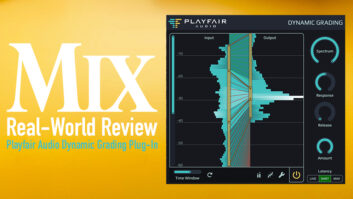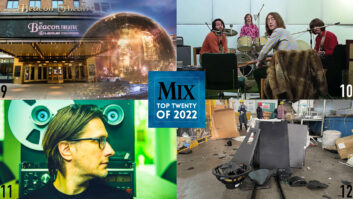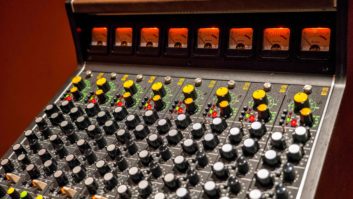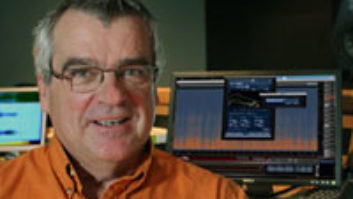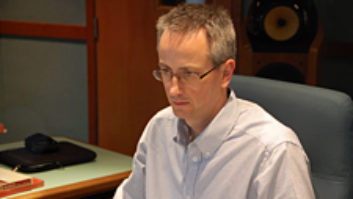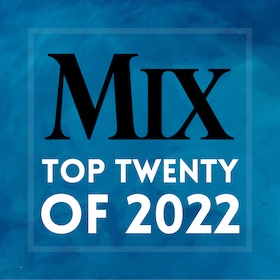 This was Mix’s 10th most-read article of 2022!
This was Mix’s 10th most-read article of 2022!
When the Beatles convened in January 1969 to document themselves writing, recording and performing 14 new songs for a planned TV special, the chaotic result was 60 hours of raw footage and 130 hours of audio documenting both the creation of some classic tracks and the legendary rooftop concert—the band’s last gig. While it was all initially distilled into the band’s final album and documentary of the same name, Let It Be, the raw materials have now been reshaped by director Peter Jackson into a sprawling new documentary miniseries, The Beatles: Get Back, which has played to great acclaim on Disney+ since November, 2021. According to Jackson, the key to making the new series was to readdress the existing audio with new technologies.
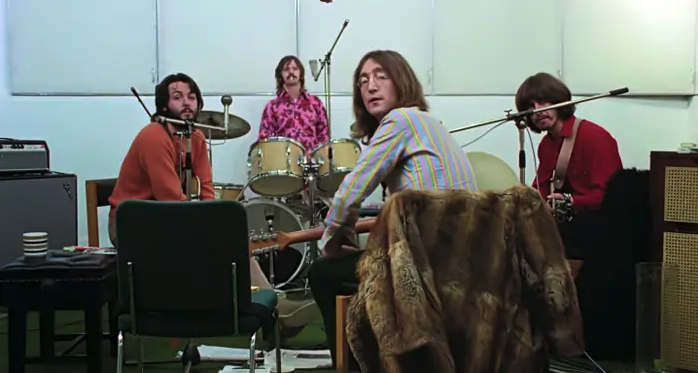
The original documentary, Let It Be, has always been seen as a depressing chronology of the band’s collapse, and the accompanying album, while marked with classic songs, was essentially disowned by Paul McCartney as the years wore on, due to the other Beatles’ bringing in producer Phil Spector to sift through the raw takes and turn them into a workable album—over which the producer slathered strings and more to imbue them with his trademark Wall of Sound. The bombastic results led the project’s original producer, George Martin, to bitterly quip on more than one occasion that the album credits should have read “Produced by George Martin. Overproduced by Phil Spector.”
When Jackson and his team dug through the archive of footage and sound, they discovered that the sessions captured in January, 1969 were surprisingly a fun, creative time and not the dismal trudge that they were later seen as. The footage showed that the Beatles actually spent much of the time creating, chatting and joking with each other, but little of it could be used for the documentary, because of the audio technology of the time. The mono recordings may have picked up crucial conversations or lyrics, but they also captured everything else around the band, from music to technicians to the room itself, making many insightful moments unusable due to the lack of audio clarity.
Determined to clear away some of the obfuscating sounds, Jackson handed over the 130 hours of audio to one of his companies, Park Road Post Production, in New Zealand. The team there developed proprietary AI-based machine learning software to break apart the mono audio into distinct stems that could be remixed to reveal “lost” conversations hidden beneath the racket.
As Jackson explained in a promotional interview for the project, “To me, the sound restoration is the most exciting thing. We made some huge breakthroughs in audio. We developed a machine learning system that we’ve taught what a guitar sounds like, what a bass sounds like, what a voice sounds like. In fact, we taught the computer what John sounds like and what Paul sounds like. So we can take these mono tracks and split up all the instruments. We can just hear the vocals, the guitars. [Remixing now to highlight specific parts,] You see Ringo thumping the drums in the background, but you don’t hear the drums at all. That allows us to remix it really cleanly.”
I Need a Witness!
While the production team suspects the band purposefully played their instruments at times solely to drown out private conversations that they didn’t want recorded for posterity, Jackson now notes, “They’re not drowned out anymore, I can tell you.”
